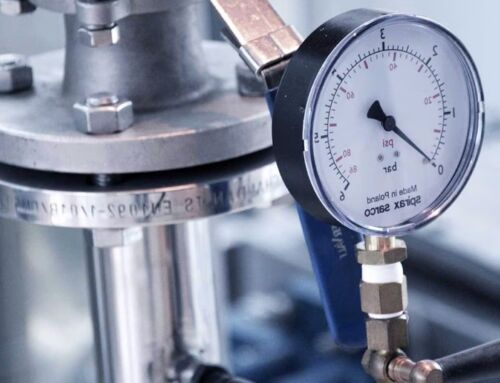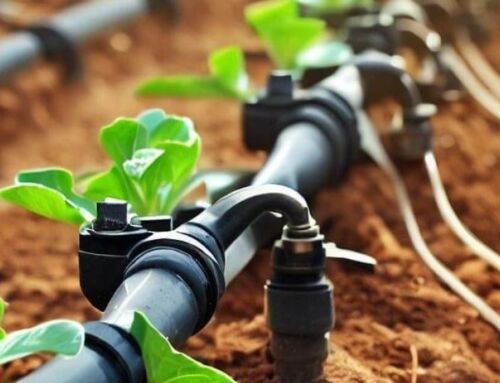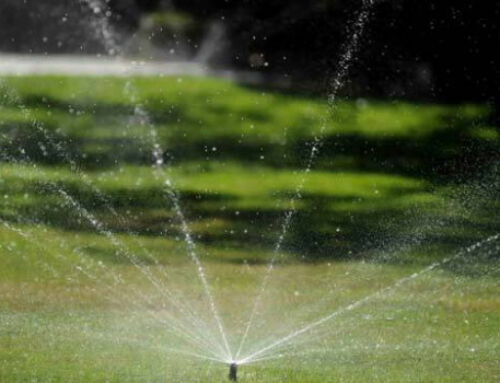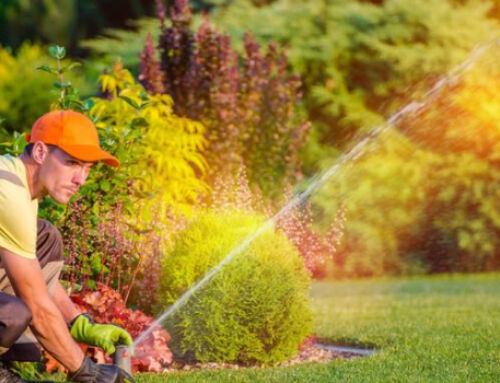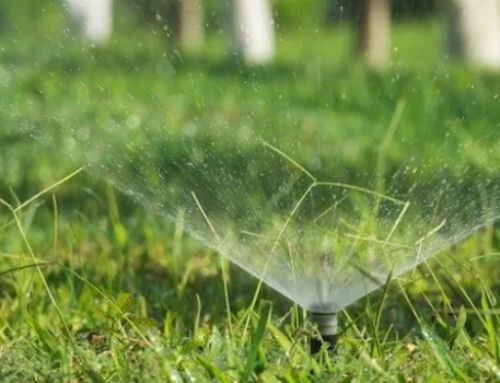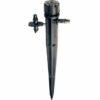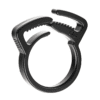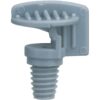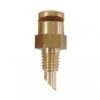Choosing the best approach to water your garden can have a major impact on its health as well as your water bill.
Keeping a garden looking and feeling fresh and vibrant all year round can be a difficult task in areas where rainfall is irregular or your plantings have specific requirements for watering.
To supplement Mother Nature, many Aussie homeowners are turning to irrigation systems to help meet these needs. But the outdated and inefficient irrigation systems of the past are no longer a problem when it comes to making sure that watering needs are met while also being careful not to negatively impact the environment with wasteful water use, especially in times of drought.
Instead, irrigation planners are able to create custom systems for homeowners that incorporate one or more of the different types of irrigation available. This makes it easier than ever before to mitigate waste while targeting specific areas to ensure proper saturation.
To better understand the options available to you, we’re breaking down the different types of irrigation systems that you have to choose from and what you can expect when it comes to getting yours up and running.
| If you want to learn more about irrigation, check out our other resources: |
| 1. How much does irrigation cost |
| 2. How to choose the best irrigation supplier |
| 3. Irrigation vs hand watering services |
| 4. Pros and cons of irrigation |
Types of irrigation available
Irrigation is no longer a non-specific approach to watering a lawn. It’s now coupled with a bevy of different system types as well as technological accessories that help precision watering put its best foot forward. Here are just a few of the different types of irrigation you can choose from when it comes to your garden.
#1. In-ground sprinkler system
Perhaps what comes to mind most when you think of irrigation, an in-ground sprinkler system is also one of the most common installation types. These robust systems are connected to the main water supply of your home and then installed under the ground through a series of connected tubing or piping. Spaced out at set intervals are sprinkler heads that pop up when in use and are responsible for distributing the water at set times.
In-ground sprinkler systems can be coupled with technology to make them even more efficient. You can time them to run at certain intervals or periods of the day when evaporation will be less of a factor. You can also create different zones based on location in the yard and choose how long each zone should run. This can help cut down on waste and keep your water bill in check in the process.
#2. Above-ground sprinkler
As the name implies, an above-ground sprinkler is stationed visibly in the yard above the ground that it is responsible for watering. These are usually not installed permanently or in fixed positions, meaning that you can pick up and move the sprinkler head(s) to different locations as you need them.
Above-ground sprinklers come in a variety of different shapes, sizes, and types to accommodate different watering needs. Here are just a few:
- Fixed: Distribute water in a single direction
- Oscillating: Swing back and forth in a cascading motion
- Impact: Shoot water in a single jet while rotating
- Rotating: Feature multiple arms that move in a circle
- Hose: Squirt water from holes that run along its length
#3. Drip irrigation
Both in-ground and above-ground irrigation systems require a constant and steady spray of water during a shortened time period. But what if you want to keep an area damp more regularly or watered more consistently throughout the day.
Enter: drip irrigation
Drip irrigation is also a system of pipes that is installed throughout a garden, which can be either in-ground or above-ground as needed. What’s different is that water is very slowly released along the length of the pipe through drippers that release water throughout the course of a day.
This type of irrigation is best suited for gardens with flowers or vegetables that require regular moisture to grow and thrive, though that doesn’t mean you can’t use it elsewhere. Keep in mind that these systems are considered precision irrigation, so you’ll want to ensure that drippers are located everywhere you’ll want watered along its length.
#4. Surface irrigation
A quite less efficient option, but still an option nonetheless, is surface irrigation. This type, also known as flood irrigation, refers to (you guessed it) flooding the surface of the ground with water en masse and allowing it to seep into the soil.
This is mostly achieved by using a hose or watering can and flooding the area in question with water. However, this remains efficient because not all of the water may be able to be absorbed by the soil at the time that it is flooded. Instead, a lot of water can either run off or evaporate, also making it rather inexact.
#5. Blended systems
Can’t choose what option is the best for you. Sometimes, there’s no one-size-fits-all solution to irrigation, and a specialist may recommend using a combination of approaches to most efficiently and effectively water your space. When this happens, it’s called a blended system.
Blended systems are most often seen when using a combination of drip irrigation with either in-ground or above-ground systems. Drip irrigation can be installed in flower beds or gardens where the watering needs to be regular and precise. Then, a secondary system can be installed to cover the needs of the yard and turf as a whole.
Get the answers here: How Much Does Irrigation Cost in Melbourne?
How to choose the right irrigation system for your yard
With quite a few different options to choose from, it can be a bit difficult for a homeowner to nail down the exact type of irrigation they should implement for their yard. Luckily, by working with the best irrigation supplier in Melbourne, you can leave it to the experts to decide which system is right for your needs.
While every irrigation installation is unique, there are few common variables that are considered by the pros when they come to evaluate your yard.
- Soil: Different soils hold on to moisture (or don’t) differently and can require extra or less watering to remain moist and beneficial to the plant life.
- Plants: Different plants also have different demands for irrigation, and the experts will want to be sure not to over or under water them based on those needs. This includes the type of grass that makes up your lawn.
- Zones: It’s likely that different areas of your yard will require different levels of watering and maintenance. This can be achieved through a blended system or through zones (or both!).
Accessories: Timers are just one example of the essential accessories that can help make an irrigation system more efficient for you. Mobile apps and controllers can also help you manage some systems when you’re on the go.
Turn to the team at Malvern Irrigation to customise your system
If you have a substantial garden or yard, chances are that a hardware store oscillating head sprinkler is not going to cut it when it comes to watering effectively. While types of irrigation, and their prices, vary, you’ll be better off in the long run when it comes to the quality of your lawn and your water bill by going with a customised irrigation system that’s designed just for your space.
Enter the team at Malvern Irrigation. We’re Melbourne’s irrigation specialists, featuring over 50 years of combined experience in the industry. We treat every job as a special engagement, working with you to understand your needs, get to know your garden, and create a plan that will efficiently and effectively water your grasses and plants.
We design, supply, and install everything you need to have a new irrigation system up and running. If you’re interested in upgrading your yard, call us on 03 9576 2344 or request a free quote online today.


